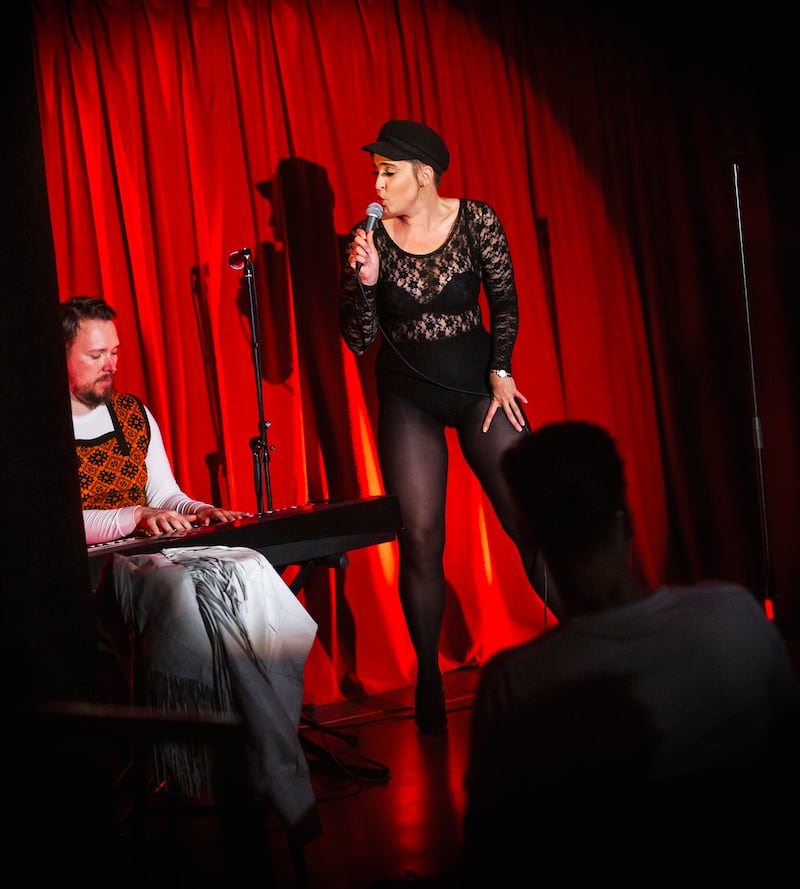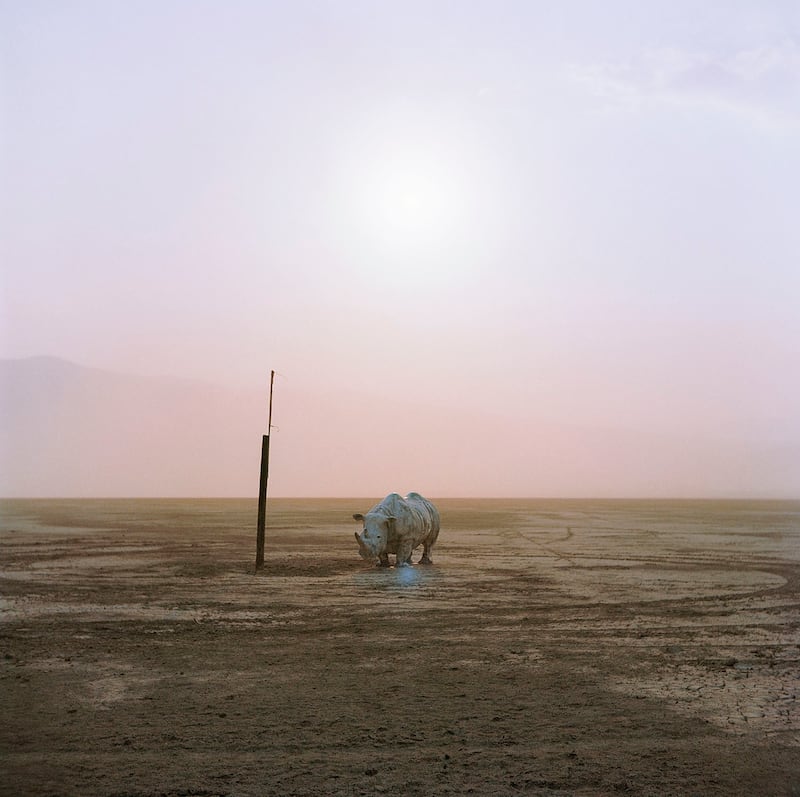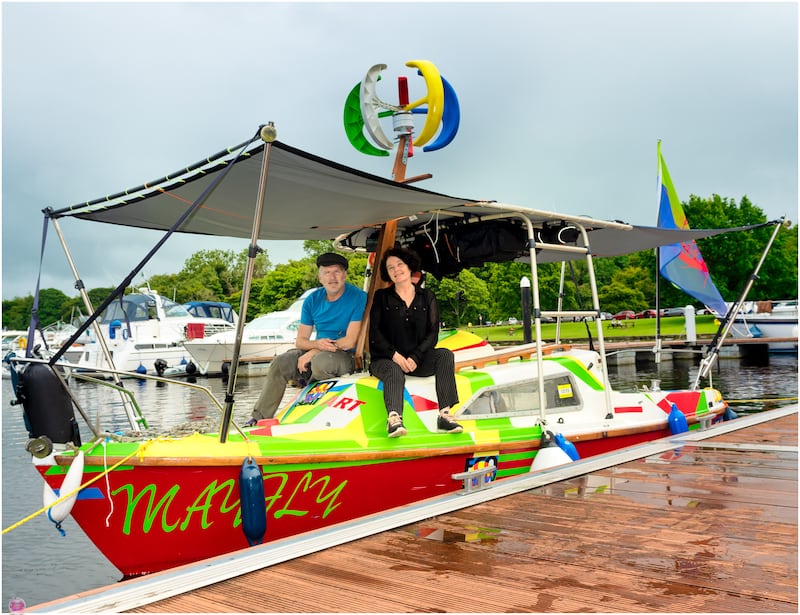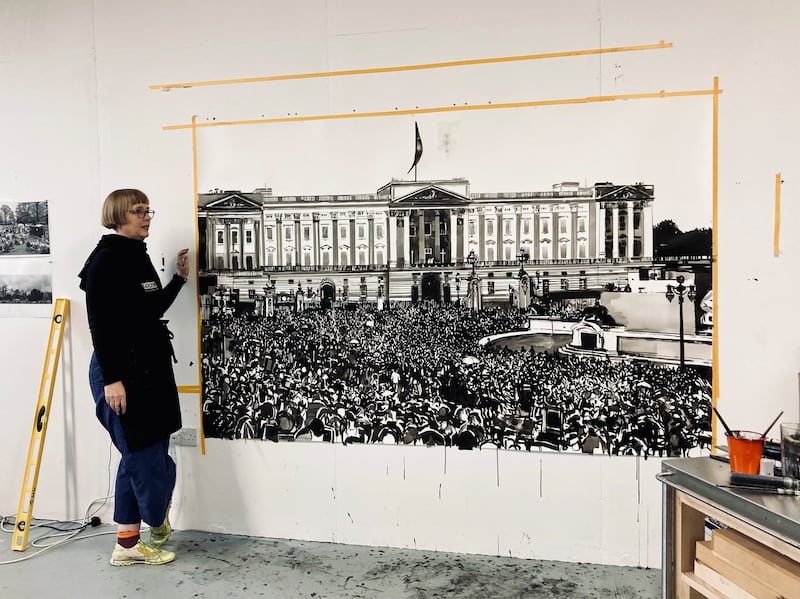It can be tempting to look at arts funding in other countries and think they do it better. Germany has a rich theatre network, Spain’s Bono Cultural Joven gives €400 to 18-year-olds to spend on the arts, music is a core school subject in Korea, and in Ukraine this summer President Zelenskiy signed a law that subsidises bookstores and gives book tokens to 18-year-olds and new parents. Ireland has the pilot Basic Income for the Arts scheme, as well as tax exemptions for artists, and, with the exception of some special exhibitions, most museums and galleries are free. So what works best? Five arts creatives and organisers from around the world explain the set-ups in their countries.
United States
Rachel S Moore, president and chief executive of the Los Angeles Music Center
Every system has its strengths and weaknesses. In the United States most cultural institutions get very little government support. When I was running American Ballet Theatre we got 1 per cent of our funding from the government, so we really had to rely on individual philanthropy. Corporate philanthropy is more about marketing dollars: you may be doing a big event and, for example, Coca-Cola want to underwrite it. The conversation is: what are they getting? That’s sponsorship, not philanthropy. In terms of philanthropy, foundations have been a bedrock. Some of the large foundations have been extraordinary in helping spread the arts across the country. Frequently they’ll commit to just three years, so you have to ramp up fast.
There are many loyal and generous individual donors, but they often want to have the most traditional versions of the art form, and are less comfortable with things that are really new, untried and different. The tax deductions on philanthropy mean that it is actually a huge gift from the government in terms of lost revenue, so I am acutely aware that we have to programme for everybody. It’s not a private club.
The National Endowment for the Arts has a very small chunk of money relative to the size of the country, and those grants have, over the years, become less focused on the individual artist. There are major foundations like the Mellon and Ford who still do funding for individuals, but they tend to be for more established artists. Local arts agencies may have supports for emerging artists, but they vary between cities and from state to state. We live in such a polarised time here that the choices a specific community will make are going to be very different whether you’re in Alabama or California.
The Music Center, which is the third-largest performing-arts centre in North America, runs four theatres, a park and a plaza. Our buildings and land are owned by the County of Los Angeles, which covers core costs, and we fundraise for programming. One of the programmes we’re really proud of is Spotlight. It’s a free programme for any high-school student between Santa Barbara and San Diego, in seven different areas, from classical dance and classical voice to jazz and Broadway. Kids send in a video, and every single one will get written feedback. As they go through the process, there are masterclasses, and 14 will go on to perform on the stage of Walt Disney Concert Hall and get a $10,000 prize. But it’s more than that: it’s the imprimatur of someone saying, “We think that you’re talented, and we believe in you.” Misty Copeland and Josh Groban came through that programme.
Back when I was a professional dancer, the company I worked for would only guarantee 36 weeks of work a year, so the rest of the time I was on unemployment, as were all my colleagues. One of the major challenges for artists who are not connected with an institution or a university is healthcare, which is one of the biggest shames of our country. In November, the state of California passed a Bill to provide $1 billion a year to hire arts educators. In practice this gives artists teaching jobs, which is an important way for them to get healthcare, so that they can do their craft.

Estonia
Dan Renwick, director of Tallinn Fringe Festival
The government in Estonia is very supportive of arts and culture. They realise that a strong national identity is one of the important pillars in resisting possible occupation, and protecting their language and history. Support is set up so that the 1.3 million Estonian residents can enjoy the performing arts without having to go more than 50km from their homes.
There are 20 state-supported theatres, national and regional, that receive up to 70 per cent of their yearly operating budgets in funding. This covers support for traditional and contemporary art forms including theatre, opera, ballet, music and dance. Funding from the national Kultuurkapital, or Kulka, body supports projects, performances, festivals, mobility and scholarships under the endowments of performance art, folk culture, music, literature, audiovisual, architecture, visual and applied arts and sport. The endowment boards are changed every three years.
Cultural support is available for artists in traditional art forms at different stages of their careers, although it is very competitive. Non-traditional art forms, or artists who have not come from Estonian tertiary institutions, find it more difficult to access funding. There is a lack of bookable venues in Estonia, as rent is high and the average wage, even outside the arts, is not equivalent to purchasing power in other European countries.
Philanthropy is underdeveloped in Estonia, and private funding is hard to secure without large branding trade-offs. There is a strong mindset that culture and art must be subsidised by the state, but what constitutes art and culture is still under quite a traditional and narrow definition.

Mexico
Oswaldo Ruiz, visual artist
The arts hold a very special place in state policies, and have always been of great importance. Since the Mexican Revolution, provision for the arts has been well-organised, keeping artists, writers and intellectuals supported by the state. In the 1980s, as part of a cultural policy reinvention, the Secretaría de Cultura was created. Attached to this is the Fondo Nacional para la Cultura y las Artes, or Fonca.
Two of the Fonca programmes are very significant: Jóvenes Creadores offers one-year grants with a monthly stipend and mentorships to artists aged between 18 and 35; the Sistema Nacional de Creadores de Arte gives three-year funding, again with monthly payments, to artists over 35, from disciplines including literature, music, film and visual arts. These programmes are autonomous, and the selection of beneficiaries is done by peers, which makes the distribution of resources more credible and fair. Local states also allocate resources for artists, and there are private foundations, including Jumex and Pac, with grants.
The Pago en Especie, or payment in kind, system allows artists to pay taxes on sales of their work by donating a work. Originally it applied only to paintings, sculptures and engravings, but it has been expanded in recent years and is of great benefit to artists. Some of the major arts-support projects, however, have closed and resources reallocated to social and other government programmes. And while there has been an increase in private support, there has been a notable decrease in state support for the arts. Ideally, the arts should be supported by the state, and not left to private institutions, as their ideas of what is important will be very different. Support for the arts has been the subject of much discussion in recent years, but in general we have a very vibrant arts scene here.

France
Anne Cleary, visual artist, curator and producer
I live in Paris, working collaboratively with my partner, Denis Connolly. Having spent years struggling to fund our work and projects in both Ireland and France, I’m in a good position to comment. In France, arts funding very much depends on the art form. The performing arts are highly subsidised through a social-security system for almost everyone who works in the sector. Called Intermittent du Spectacle, it recognises the transitory nature of the performing arts, providing social-security payments to artists for the times between events. The scheme is costly, but in France people don’t seem to mind paying for social security if they get good services in return.
In contrast, the visual arts are drastically underfunded, at least as far as artists are concerned. Grants and bursaries directly to artists are relatively paltry. Project funding is funnelled through commercial galleries and regional art centres that, it is hoped, will pay the artist. This is an unhealthy state of affairs, as mostly they don’t, but in addition it curtails artistic freedom and undermines artistic quality, with artists obliged to second-guess the artistic aspirations of a local mayor or committee.
The artist’s studio situation in France is quite good. Many towns provide purpose-built residential artists’ studios, leased on a subsidised basis to artists, so good-quality affordable studio space is available, but waiting lists are long: several years in the Paris area. Artists group together in associations and co-operatives to lease larger space, often unoccupied buildings destined for redevelopment.
The system we have in Ireland, where Arts Council funding is attributed following peer review, is probably the best one in an imperfect world. At least it attempts to control the influence of agendas and lobbying on arts funding decisions, which is rampant in France. The stresses of financial dependence, whether on the state or on the market, often seem to be the biggest problem facing artists in France.

Northern Ireland
Joy Gerrard, artist
Following my degree in Ireland, I went to London to study for an MFA, and then an MPhil at the Royal College of Art, graduating in 2008. At that time, arts education was very well-funded in the UK; it would not have been possible for me otherwise. I was also able to avail of the excellent EU-wide system of artist residencies, which are another way for artists to build connections and careers. More recently, London has become unaffordable, particularly for families. We moved to Belfast in 2018, and things couldn’t be more different.
In many ways Belfast has the energy that Dublin did back in the 1990s. You get a sense that things are possible, but still, everyone is making ends meet on very little money. The sense of possibility comes from affordable housing and the availability of studio spaces. The large, warm and bright studio I have here costs me £200 per month. In London the equivalent would be abut £2,000. In Dublin this would be very hard to find at all.
Northern Ireland has a system whereby landlords get a full rebate on rates for leasing property to registered charities. This means that they can offer qualifying arts organisations much lower rent and still balance the books. This leads to a thriving network of long-running groups, such as Catalyst, PS2, Flax and Queen Street Studios, where I am based. These are, for the most part, run on a shoestring. As a comparator, with 48 studios and two galleries, Queen Street receives just over £30,000 from the Arts Council of Northern Ireland. Temple Bar Gallery + Studios, in Dublin, has 30 studios and a gallery space, and in 2024 received €490,000 in strategic funding from the Arts Council of Ireland.
There has been stasis in decision-making in Northern Ireland for years, due to the suspension of the Assembly at Stormont, and this has led to a paralysis in developing arts funding. Equality measures also tie up funders, trying to ensure that all communities get the same, which is laudable in principle but often unworkable in practice. Northern Irish artists can apply for grants from the Arts Council of Ireland, but only for projects with a significant presence in the South.
When the economic situation improves in Northern Ireland, I hope we won’t lose the energy and soul of the place to rising property prices and vanishing arts spaces, as we have seen in Dublin and other cities. I would like to think there was another way.
















